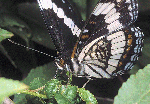
Utah Lepidopterists' Society
Founded 6 Nov 1976
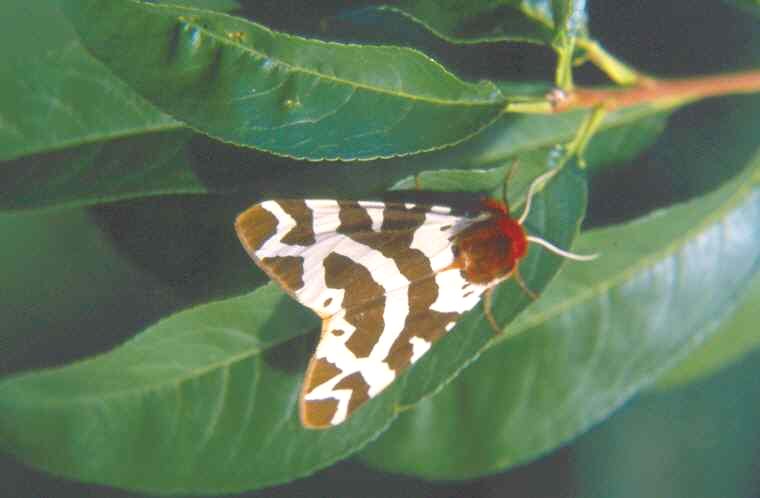
|
|
Utah Lepidopterists' Society Founded 6 Nov 1976 |
|
| History | Mission | Meetings | Bulletin | Checklists | Links | Community | Field Trips | Habitat | Members | Kids | Contact Us |
Papilio indra indra
(Indra swallowtail)
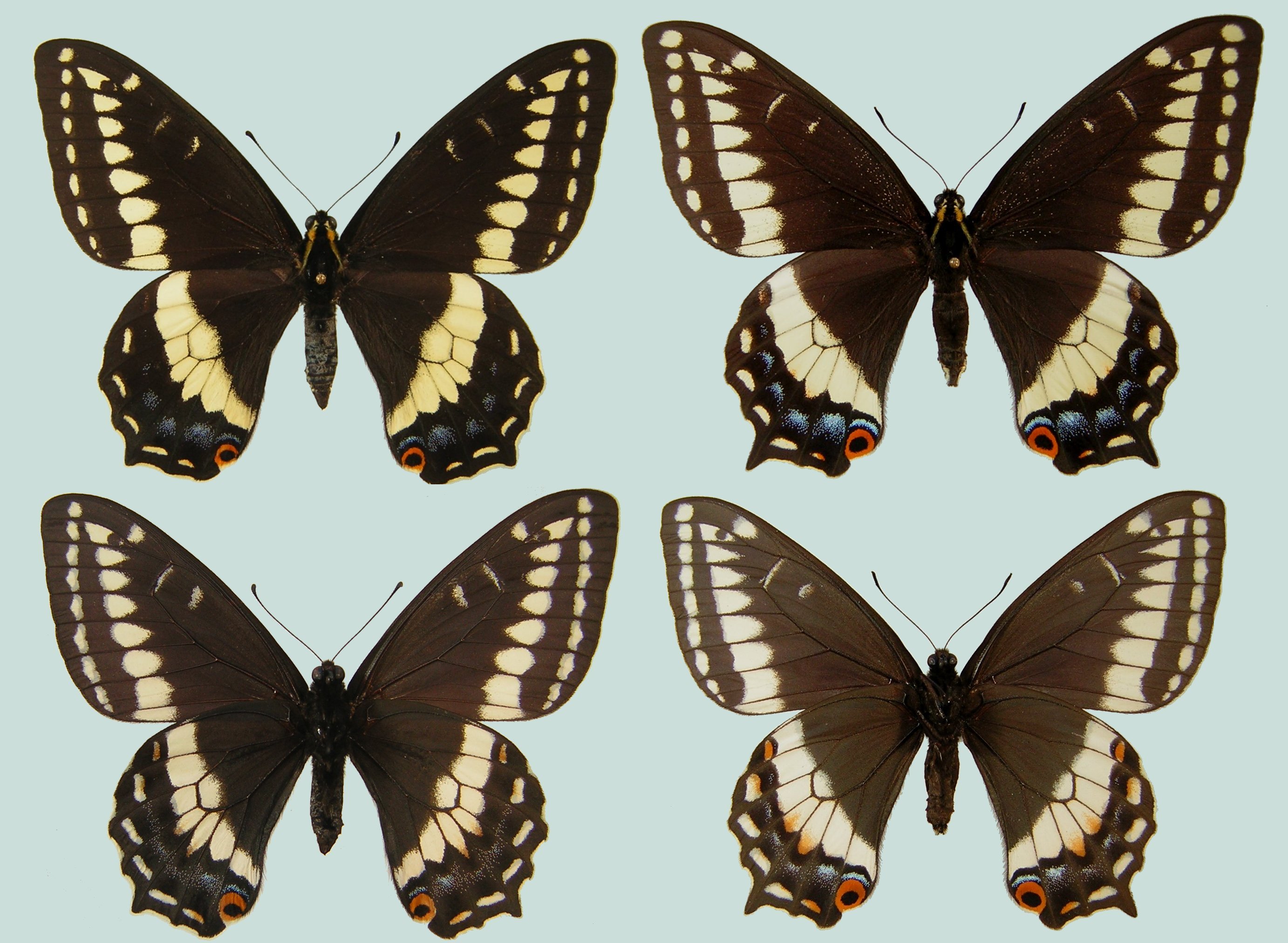 |
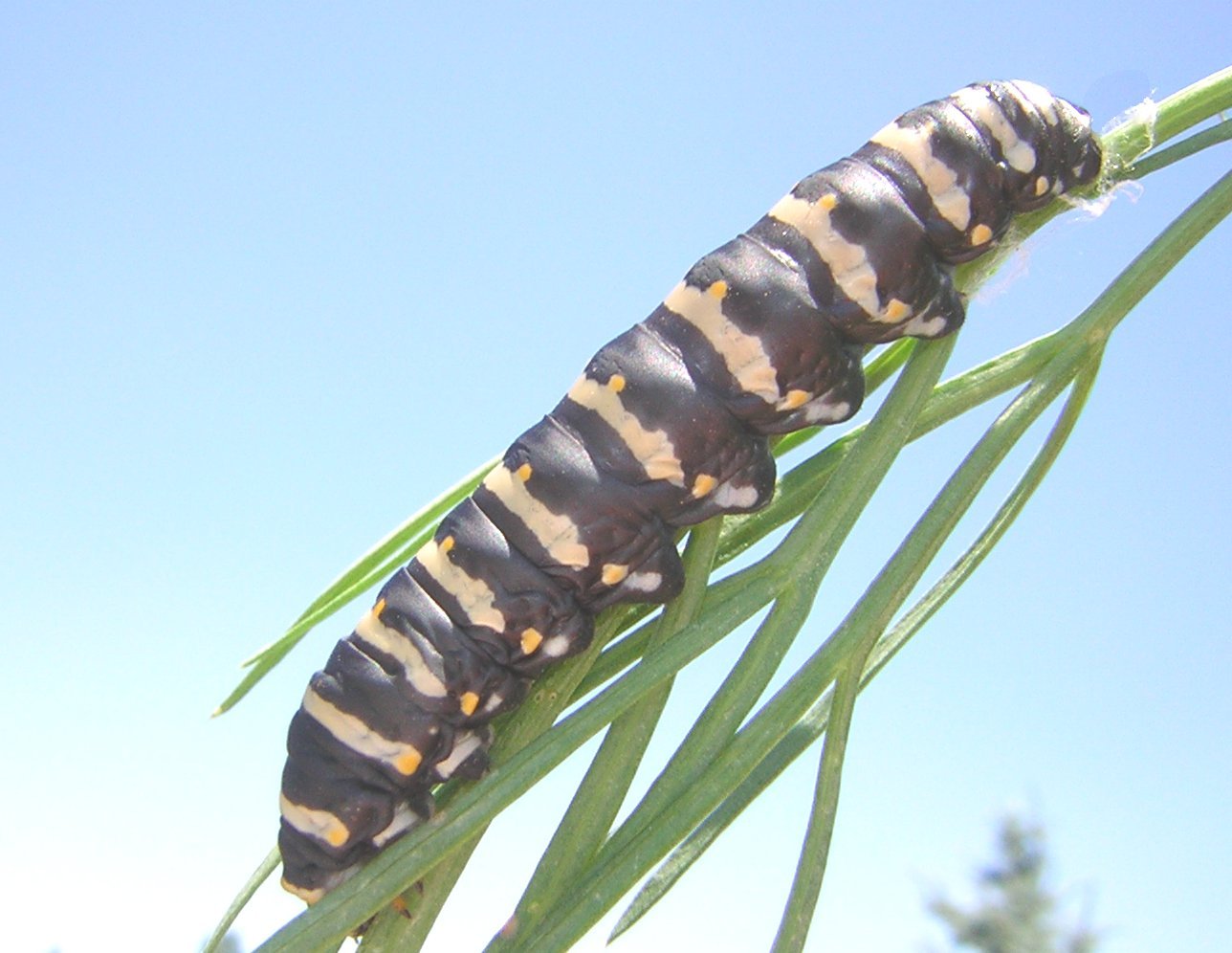 |
| Adults (click on image for larger picture) | Mature Larva |
| Example
of habitat (click on image for larger picture)
(Tops of the Wasatch Front) |
Example of hostplant--Lomatium graveolens |
General:
The
Type Locality of P. indra indra is vicinity of Empire, Clear Creek County, Colorado; Reakirt 1866.
It is the shortest tailed race; some individuals exhibiting nothing more than a
"stub." The nominate race is univoltine. The flight period in Utah
varies depending upon elevation, snowfall, and larval hostplant. In the Bear
River Mountains where P. indra indra
utilizes mainly Cymopterus terebinthinus
between the elevations of 5000' to 7000,' indra
flies from mid-May to late July.
On
the other hand, higher up in the Wasatch Mountains, where the larval hostplant (L. graveolens)
grows at around 8,000' to 10,000', the flight period varies from around mid June
to early September.
Utah Distribution and Habitat:
As
discussed previously, the montane habitat of P. indra indra includes
the Wasatch, Oquirrh, Stansbury, Bear River, and Uinta Mountain Ranges. Higher
altitude males patrol and perch all day in search of females. Some of these
males have been known to descend several thousand feet to canyon floors to
nectar near rivers. (I.e, Provo Canyon, Utah County, and Big Cottonwood and
Millcreek Canyons, Salt Lake County.)
Bionomics:
As stated earlier, the
principal larval foodplant for P.
indra indra in the Wasatch Mountains is Lomatium graveolens,
and the larval foodplant in the Bear River Mountains is Lomatium grayi var. grayi (milfoil lomatium)
The ova is yellow-green
and is laid principally on healthy plants' peripheral ventral stalks. After a
day or so, the ova develops rings and then turns black before hatching. From the
time an egg is laid to the time it hatches is roughly six days in nature and
five days in the lab. (Assuming room temperature.)
The young first instar larva is black with a thin, white saddle. (Sometimes new hatchlings can have a silverish appearance before turning black.) As the larva moults into later instars, small white and yellow-orange speckles appear. Larvae of P. indra are much more timid than those of P. zelicaon. The mature larva varies from black with off-white stripes to nearly all black with small yellow-orange dots. Hibernation is as pupa. For some reason, most lab-reared pupae emerge after two years of winter. (Some pupae have been known to diapause for up to three to four years.)
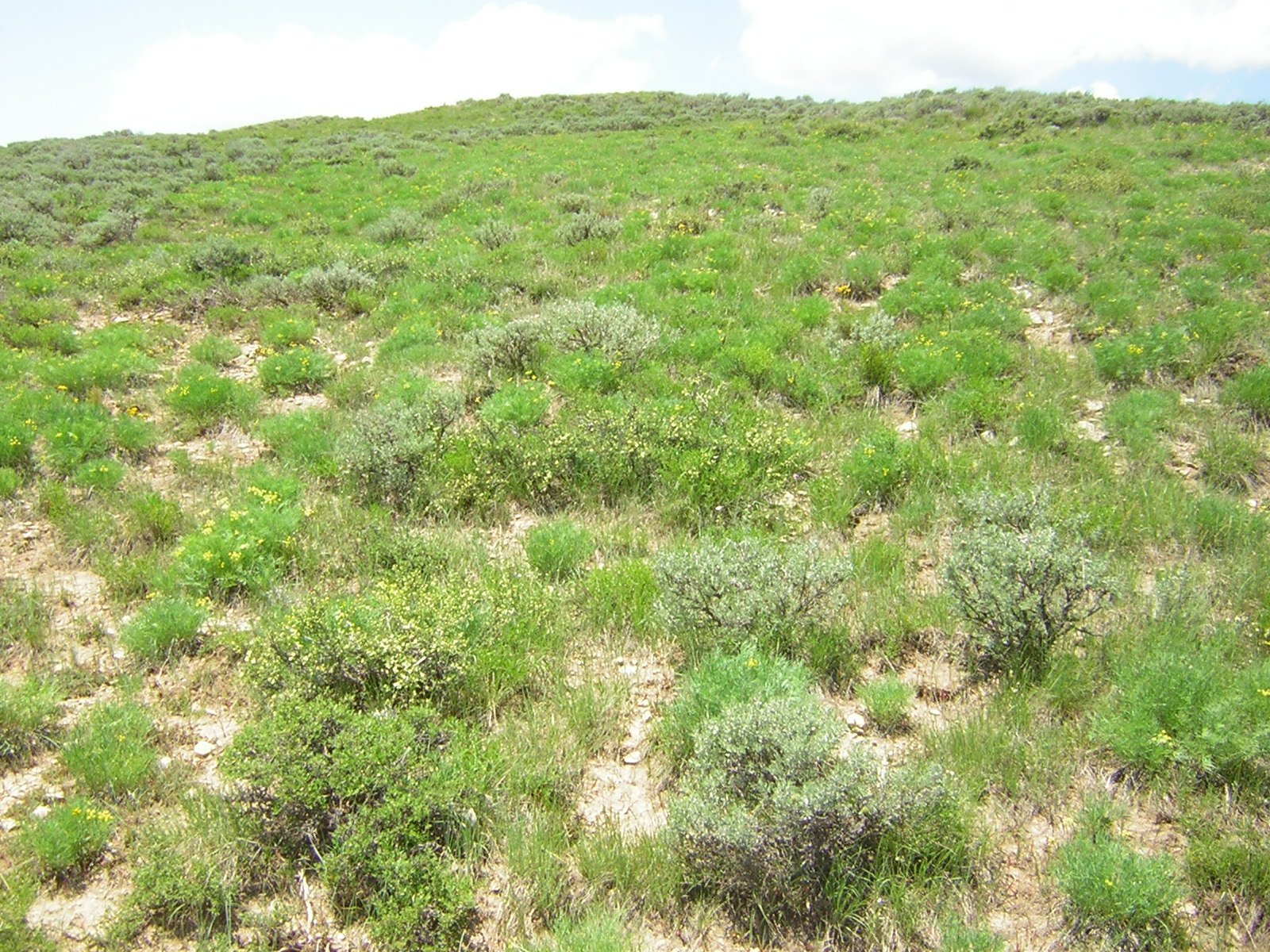
Huge population of Papilio indra indra host Lomatium graveolens growing amongst the sagebrush.
All images of Limenitis weidemeyeri on the ULS Info Bar courtesy Jay Cossey